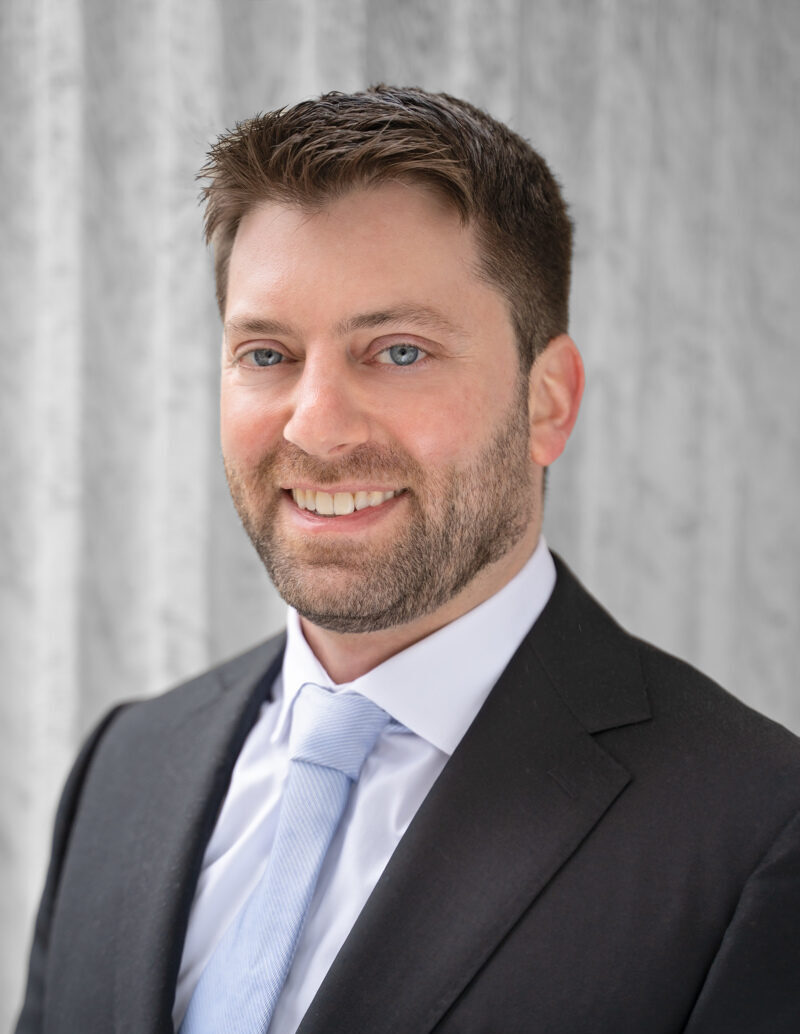845 Third Avenue, 6th Floor | New York, New York 10022
In an unpublished opinion about an insurance coverage dispute, the Superior Court of New Jersey’s Appellate Division held last week that prior owners of a polluted property who were sued by the current owners were properly denied coverage by their insurance providers because of a pollution exclusion contained in the prior owners’ comprehensive general liability (CGL) policies.
In Rosario v. Hartford Fire Ins. Co., No. A-1968-20 (App. Div., Jan. 4, 2023), two couples purchased single-family homes. Following the purchases, the homeowners discovered that the underlying property on which both homes sat had previously been used by the prior owner to operate a car dealership, autobody and repair shops, and a gas station. During this time, underground gasoline and waste oil tanks that serviced these commercial uses discharged automotive fluids and waste oil into the soil, contaminating the property. Following this discovery, the homeowners sued the prior owners, alleging violations of the Consumer Fraud Act, N.J.S.A. 56:8-1 to -20, and the New Jersey Spill Compensation and Control Act, N.J.S.A. 58:10-23.11 to -.24, in addition to causes of action for misrepresentation, negligence, equitable fraud, and breach of contract.
The prior owners, Marco Construction (“Marco”), had an insurance policy from Hartford Fire Insurance Company and then from Western World Insurance Company. Both policies obligated the insurance carriers to pay on Marco’s behalf for damages due to “bodily injury” or “property damage.” The policies also contained pollution exclusions. In response to the homeowners’ lawsuit, Marco filed a notice of claim under the Hartford policy, which was denied by Hartford under the policy’s pollution exclusions, among others.
The pollution exclusion provided that Hartford would not have to provide coverage for “bodily injury” or “property damage” “arising out of the actual, alleged or threatened discharge, dispersal, seepage, migration, release or escape of ‘pollutants’” at the property, which was owned by the insured during the policy periods. However, under an exception to this exclusion, Hartford would have to provide coverage for the above situation where the “bodily injury” or “property damage” occurred where the insured is a contractor, and the owner/lessee of the property was added to the policy as an additional insured with respect to ongoing operations performed for that additional insured at the property, and the property is not and was never “owned or occupied by, or rented or loaned to” any other insured party, other than that additional insured party. Hartford denied that this pollution exclusion exception applied, and the trial motion judge agreed.
The Appellate Division affirmed. The Court first noted that the pollution exclusion clearly applied because Marco knew of the property’s contaminated status during the policy periods.
The Court then addressed the pollution exclusion exception. Marco argued that the exception applied because it believed pollution coverage should extend to a contractor, who is also an owner of contaminated property, where a bank providing construction financing is a named insured. Citing the certificates of liability insurance issued to the bank while Marco owned the property, Marco claimed that their property and the bank were additional insureds under the policy.
The court rejected this reading, calling it a “strained construction” of the policy’s plain terms. The court noted that Marco owned the property during the policy periods and was not performing “ongoing operations” for “an additional insured at the premises.” Moreover, the court observed that there was no evidence that anyone was named as an additional insured under the policies. Finally, the court cited the general rule that certificates of insurance do not create, bind, or otherwise amend the terms of the policies to which it refers. Thus, the certificates issued to the bank did not provide the bank any additional rights and did not mean that the bank was an additional insured under either policy.
Thus, the pollution exclusion exception did not apply, and the insurance providers were exempt from paying under the pollution exclusion.








